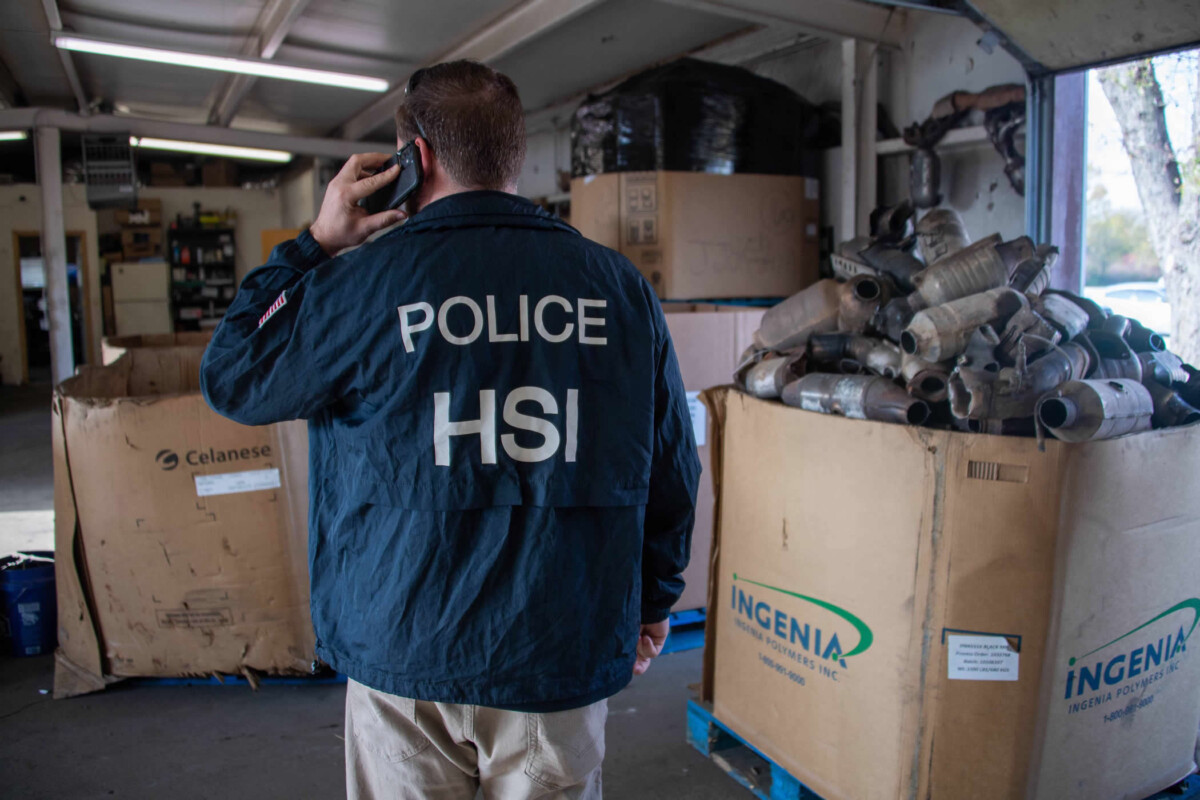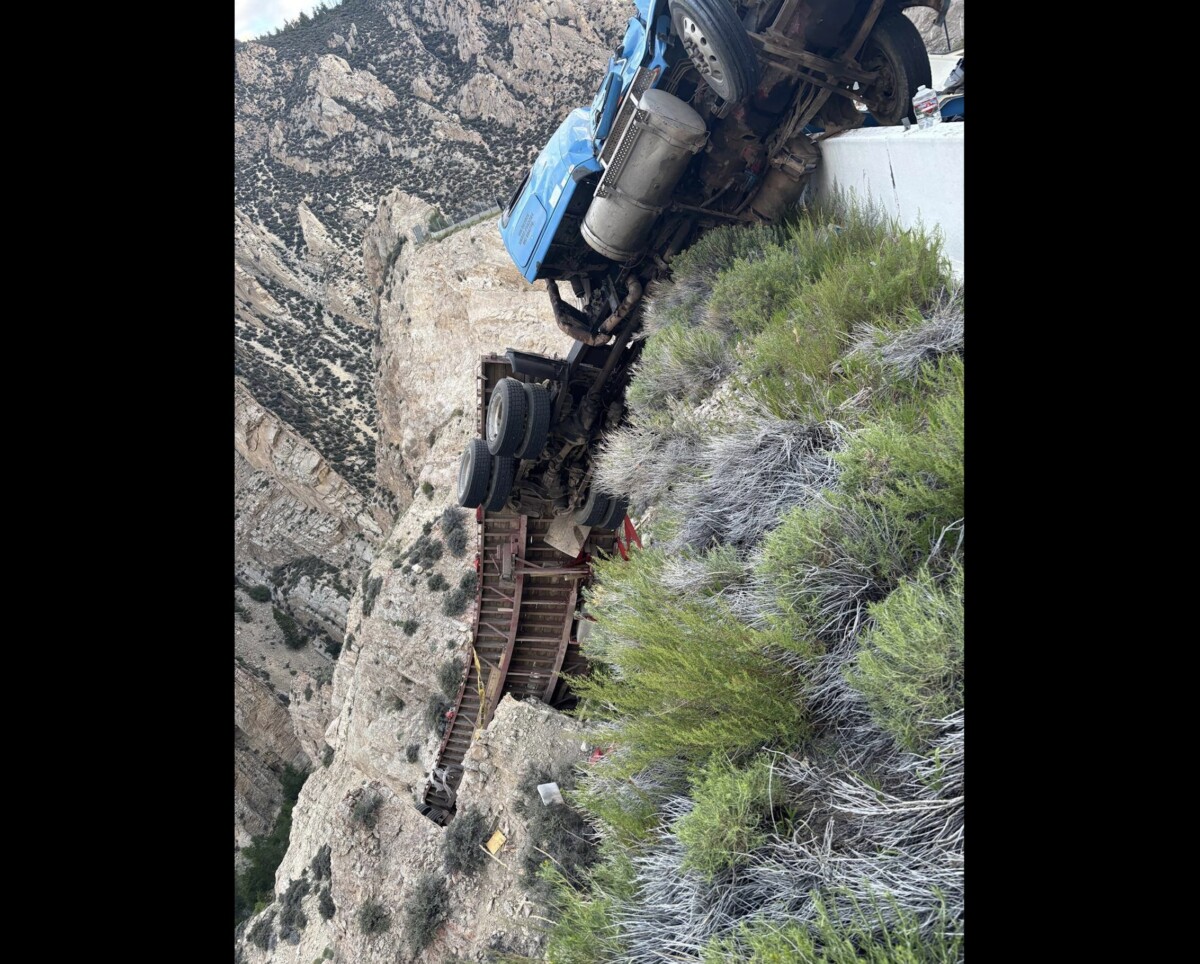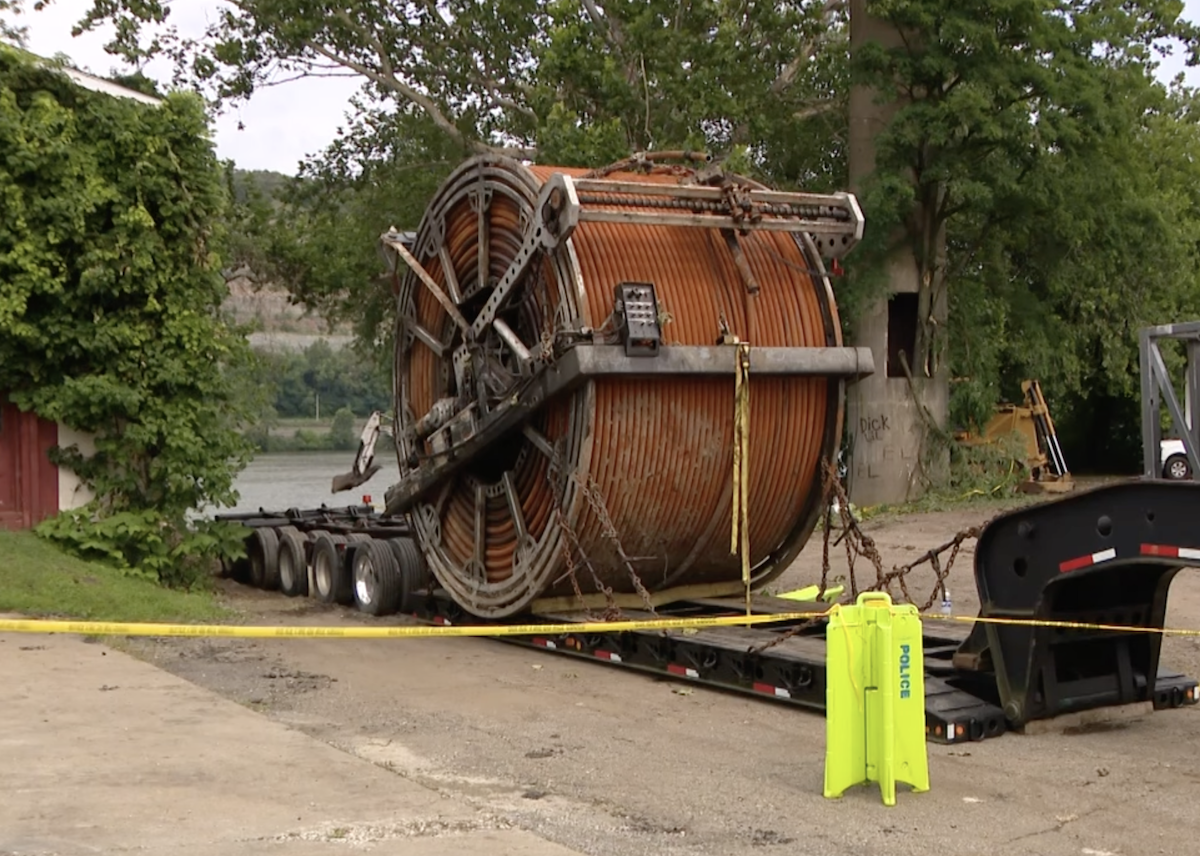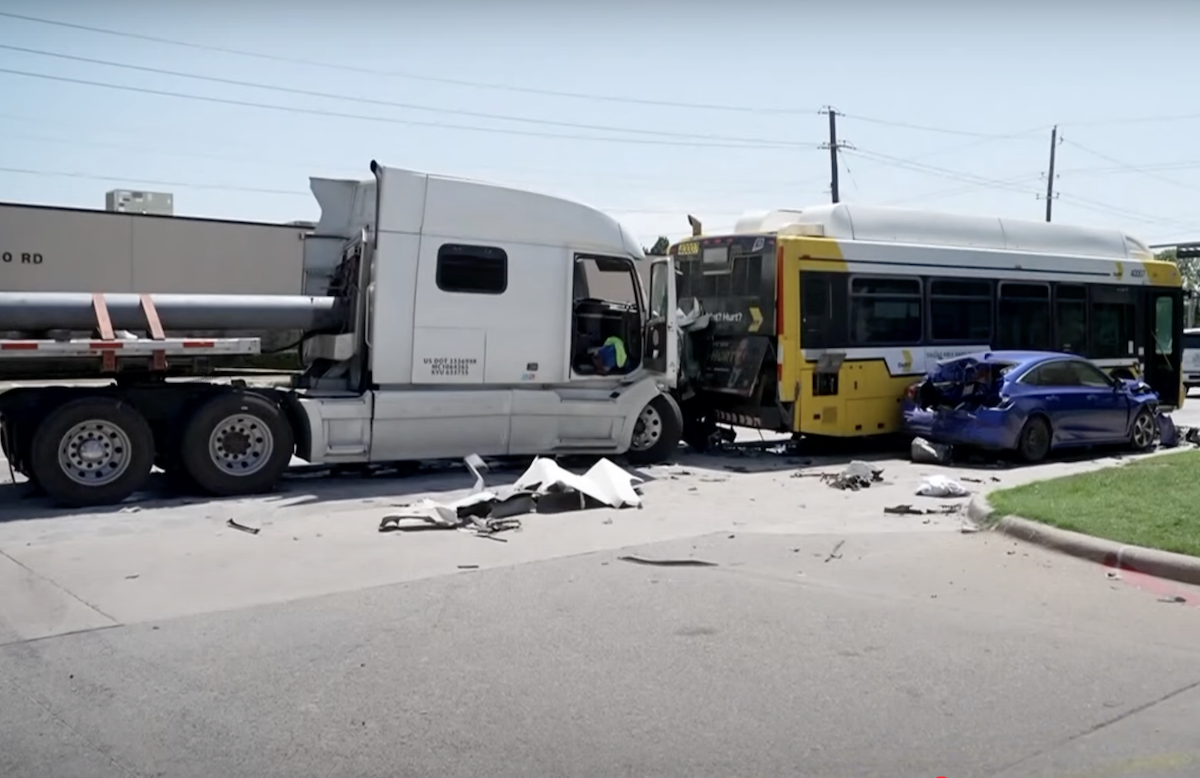With Intellistop technology, when a truck’s brakes are applied the brake lights flash four times in two seconds and then maintain their normal level of illumination until the brakes are released and reapplied. (steverts/Getty Images)
For nearly five years, Michelle Hanby, CEO of Arkansas-based Intellistop, has faced setbacks in her efforts to secure federal approval for her company’s pulsating rear brake light system to be used on all types of heavy trucks and trailers.
With the arrival of a new White House administration, Hanby sees an opportunity to try again.
Hanby is seeking reconsideration of a petition denied by the Federal Motor Carrier Safety Administration in 2022 that would have allowed broader use of the company’s technology, which she believes could save lives. Hanby is now requesting blanket five-year exemptions for various types of equipment, including tank trucks, flatbed trailers and straight trucks.
With Intellistop technology, when a truck’s brakes are applied the brake lights flash four times in two seconds and then maintain their normal level of illumination until the brakes are released and reapplied. Intellistop asserts that its module is designed to ensure that if the unit ever fails, the clearance, identification and brake lamps will default to normal function and illumination.
(Intellistop via YouTube)
She maintains in her petition that politics previously blocked her technology’s chances.
“The enclosed petition for reconsideration specifically identifies that the previous Biden administration political appointees got into a competition about conserving their little slice of power,” Hanby wrote in February in a petition letter to Transportation Secretary Sean Duffy. “The National Highway Traffic Safety Administration became unduly agitated when the FMCSA engineering staff wanted to allow the option for commercial motor carriers to install potential lifesaving flashing brake lamp technology. Ironically, NHTSA has spent millions researching that very subject.”
She continued, “Rear-end crashes are approximately 25-30% of all crashes, and the ability to improve the attention of trailing drivers reduces the amount and/or severity of rear-end crashes. The FMCSA has the regulatory authority to grant five-year exemptions for safety technologies and commercial motor carriers to have the option to purchase and install this tech on their commercial motor vehicles to reduce crashes. The FMCSA has been very successful in utilizing exemptions to allow motor carriers to evaluate new vehicle safety technologies through the normal regulatory process.”
The letter continued, “While we applaud the Trump administration’s efforts to reduce the amount of existing regulation, it can become problematic when useful safety technologies are restricted from implementation due to existing regulations.”
“The irony of the situation is that NHTSA already has done research on flashing brake lamps,” said a source with knowledge of the situation. “California has allowed flashing lights since 1984. Tennessee and 15 other states now allow flashing brake lamps.”
Hanby, in a separate letter sent to FMCSA Executive Director and Chief Safety Officer Sue Lawless, noted that six carriers have been granted five-year exemptions to use the Intellistop technology and that her company is contacted weekly by companies looking to secure similar exemptions.
“Because of the number of carriers wishing to utilize our product to reduce rear impact crashes, which cost some motor carriers an average of over $25,000 per incident, and with the anticipated support of the new Trump administration, we decided it was worth the effort to try to overturn the original denial decision,” Hanby told Lawless. “Appealing the denial of the original exemption request will save the FMCSA the time and expense of dealing with thousands of individual motor carrier exemption requests and allow carriers to have the option to more rapidly implement this lifesaving technology.”
Hanby said federal regulators should stop relying on traditional statistical measurements of crash data when insurance companies and fleets can directly track actual accident expenses, including property damage, injuries, deaths and costs from large jury verdicts. She noted both insurers and motor carriers experience financial impacts from real crashes on the roads.






